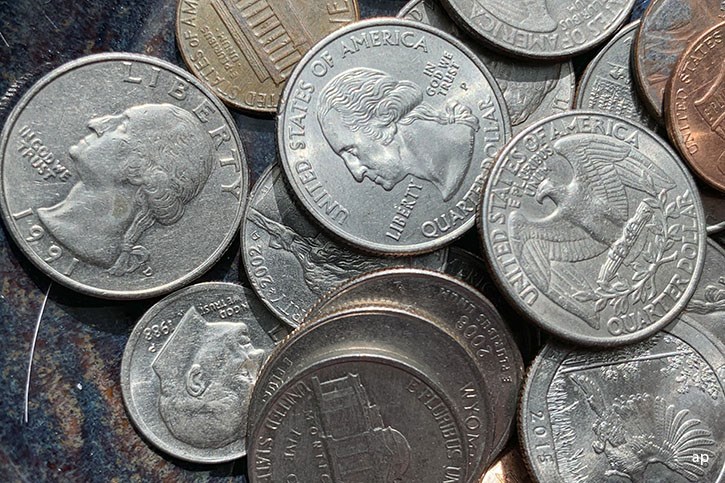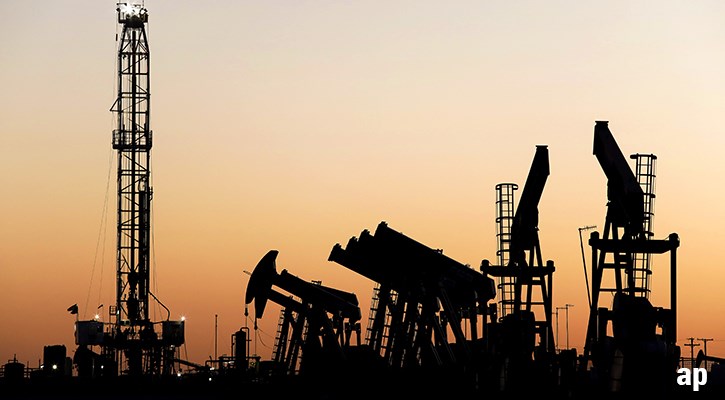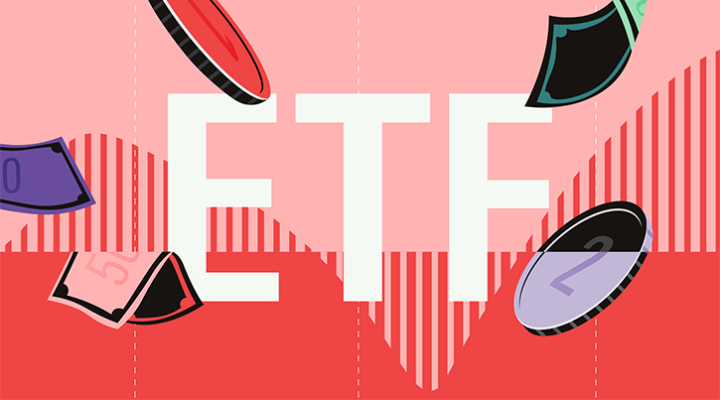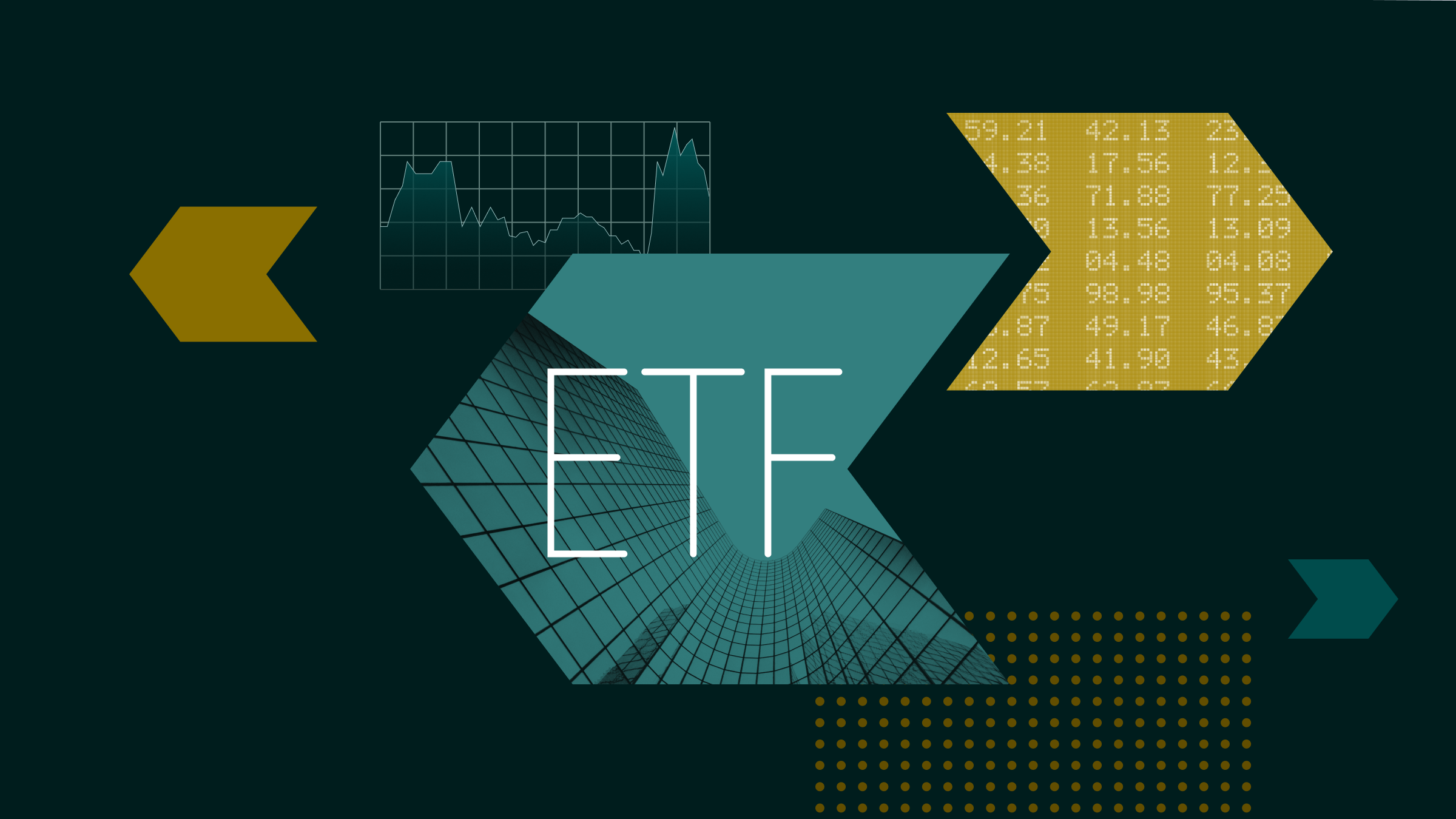
The top 20 list of exchange traded products is led in March by two 21Shares’ crypto ETPs. Number one is exposed to Aave, which is an open-source, decentralised lending protocol built on the Ethereum platform, and second place is a fund which tracks blockchain Solana.
Then there are four trackers exposed to nickel. The industrial metal, which used mainly to make stainless steel, coins and batteries, including those used in hybrid vehicles, experienced last month a “short squeeze”. This involves a sharp rise in the value of an asset that forces short investors – namely those who had bet on a fall in that same asset – to buy it to avoid losing everything, which of course pushes the price up even further.
On March 8, nickel futures hit an all-time high of more than $100,000 per ton, with an intraday jump of 90%, forcing the London Metal Exchange to suspend trading for a week and introduce a series of trading limits once it reopened.
Russia accounts for around 10% of global nickel production and traders are concerned that supplies could be severely constrained by Western sanctions on Moscow. "The risk that there could be another short squeeze in the near term remains high in the nickel market," reads a recent note released by S&P Global Commodity Insight, "so we have increased our forecast for the price of this metal in 2022 by 46% to $32,868 a tonne."
“A short-term risk of another short squeeze in the nickel market remains”, the note adds.
The price of natural gas also continues to be affected by the war in Ukraine and geopolitical tensions. Indeed, traders fear that Russian gas supplies (which largely pass through Ukraine) could be cut off as the conflict escalates or that Russian gas supplied through other pipelines could be halted by Western sanctions. According to many experts, alternatives such as liquefied natural gas (LNG) from the United States would struggle to fill the hole left if Russian exports were to be cut off, in addition to the fact that prices would rise sharply.
Finally, the general rise in commodity prices is benefiting exporting countries, especially Brazil, which is seeing the real recover against the US dollar, at its highest level for two years, and its domestic equity market outperform the emerging countries as a whole (ETFs exposed to Brazilian stocks are not included in the table, as they come just after the 15th position, with returns ranging from 15.2% to 16% in March).
The Laggards
On March 4, Euronext, Borsa Italiana, Deutsche Boerse and the London Stock Exchange suspended trading on several Russia ETFs until further notice. The move came after all ETF issuers offering exposure to Russia were forced to halt primary market trading after liquidity in the underlying holdings vanished. The Moscow Stock Exchange has been closed since February 28 (it partially reopened on March 24) after Russia’s invasion of Ukraine and subsequent sanctions imposed by western economies sent markets into free fall. Those ETFs, therefore, were not considered for our rankings for the month.
The bottom three podium is occupied by three trackers of the STOXX Europe 600 Retail Index (provided by Invesco, iShares and Lyxor). Stocks exposed to the retail sector have been particularly affected by the substantial failure of the peace negotiations between Moscow and Kiev and the uncertainty surrounding the development of the conflict, with fears of the possible economic consequences of Western sanctions on European economies weighing heavily.
Chinese equities also struggled, hit by one of the most volatile months ever. Stocks suffered from a new wave of Coronavirus cases that shook the country last month and convinced the authorities in Beijing to opt for new lockdowns. According to Morningstar research, Chinese equities are trading on average at a 32% discount to fair value (in euros, as of April 7), but inviting valuations alone are not a good reason to jump in.
Over the past 20 years, Chinese equities have roughly matched the after-inflation return posted by the stronger developed markets, and they have exceeded those of stock market underperformers such as Japan, Spain, and Italy. However, given the high volatility of Chinese stocks, their risk/reward profile has been less attractive. Morningstar columnist John Rekenthaler looks at the problem with Chinese investing in his recent “What Went Wrong?” column.
The Biggest ETFs
Above is a overview of the biggest European-domiciled ETPs in terms of assets, which could be more appropriate to consider among core holdings. Performances in March 2022 go from 4.67% of the iShares Core S&P 500 ETF (CSP1) and Vanguard S&P 500 UCITS ETF (VUSD), down to the iShares Core € Corp Bond ETF (IEAC), which lost 1.22% last month.
Methodology
According to Morningstar data, there are about 73 percentage points between the best and worst performing European exchange-traded products (ETPs) in March, with returns for the month ranging from 57.2% to -16%.
We have looked at the key trends in the third month of the year, excluding inverse and leveraged funds. These instruments, being purely passive products, reflect the evolution of the markets without the bias (good or bad) of an active manager.
Monthly top and flop performers often coincide with very volatile and therefore risky products, which should play a satellite role in your portfolio.





























